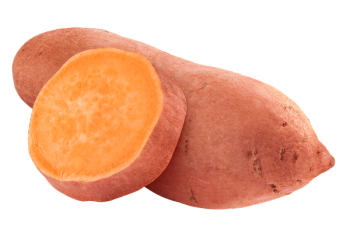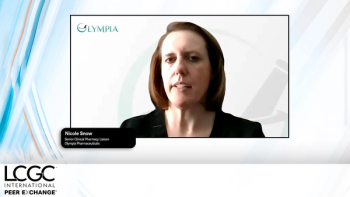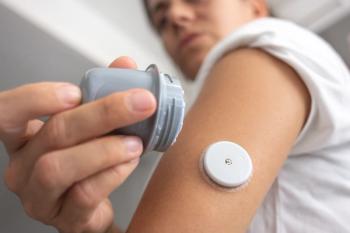
Analysing dioxins in animal feed
In response to the recent discovery of dangerous levels of dioxins in animal feed produced in Germany, Phenomenex has announced its publication of a method for analysing the chemicals using high-resolution gas chromatography with mass spectrometric detection.
In response to the recent discovery of dangerous levels of dioxins in animal feed produced in Germany, Phenomenex has announced its publication of a method for analysing the chemicals using high-resolution gas chromatography with mass spectrometric detection (HRGC–MS).
Dioxins enter the environment and subsequently the food chain through combustion of organic materials in waste incineration. Recently, fat incorporated into feed products in Germany were found to be highly contaminated, and were reported to threaten a chain-reaction through the food supply. As a result several countries banned imports of animal products from Germany as a precautionary measure.
“While dioxin contamination is generally on the decline due to aggressive regulatory action, we can still see accidents, such as the one in Germany,” explains Sky Countryman, manager of applications and applied technology for the company. “Robust analytical testing procedures are still in demand for the determination of potential dioxin threats in both feed and animal fat.”
The method, developed in collaboration with Vista Analytical, also analyses dioxin-like compounds dibenzofurans (PCDFs) and polychlorinated biphenyls (PCBs), which are often monitored in conjunction with dioxins to give an overall toxic equivalent (TEQ) for a sample. The method has also been used to analyse non-organic chicken feed as well as fish from the Mississippi River and Great Lakes and shrimp from a variety of international sources.
The technical note on the HRGC–MS method can be accessed at
Newsletter
Join the global community of analytical scientists who trust LCGC for insights on the latest techniques, trends, and expert solutions in chromatography.





